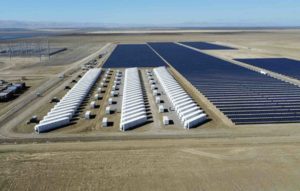Methodology
- For NSW, SA, QLD and VIC prices and bills are based on the weighted median Market and Standing offers made by AGL Energy, Energy Australia and Origin Energy in each market.
- Weighting takes account of:
- number of customers supplied by each retailer on Standing and Market offers based on publicly available customer number data;
- number of customers in each network service provider area (in NSW and VIC) based on publicly available data.
- It is assumed that half of each retailers’ customers that are on Market Offers receive all conditional and unconditional discounts and the other half of each retailers’ customers that are on Market Offers receive only unconditional discounts.
- The median offer in each offer category (Standing Offer, Market Offer with and without conditional discounts) is used in the weighting.
- Prices in WA, ACT, NT and TAS are for “Home Plan”, “Home”, “Standard meter”, “Tariff 31” respectively.
- For the sake of consistent inter-state comparison, the representative customer is assumed to consume 4,800 kWh per year. It is assumed that the customer has neither controlled load nor solar PV.
- All NSW, VIC, SA and QLD retailer offer data is obtained from MarkIntell by scraping retailers’ websites and by scraping Energy Made Easy and Switchon price comparison websites.
- Prices include GST.
Residential Electricity Price










